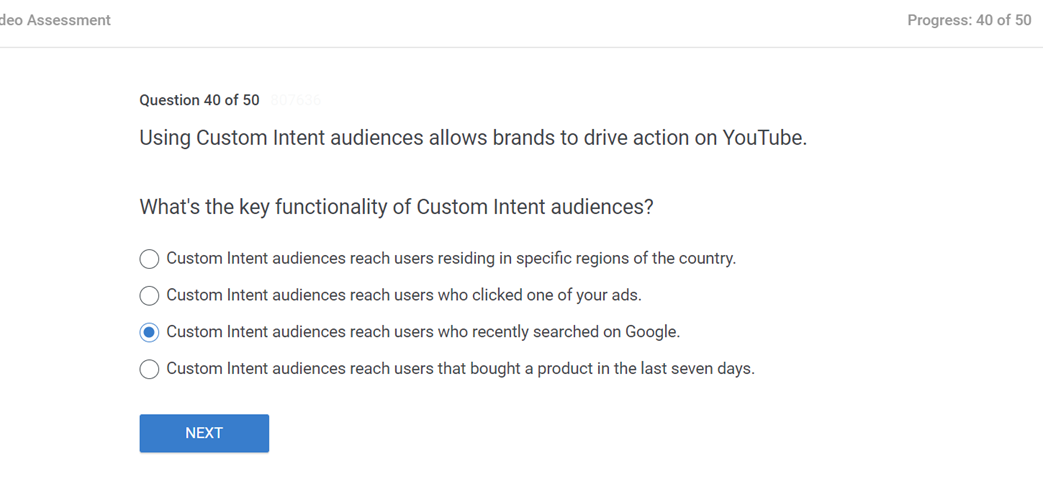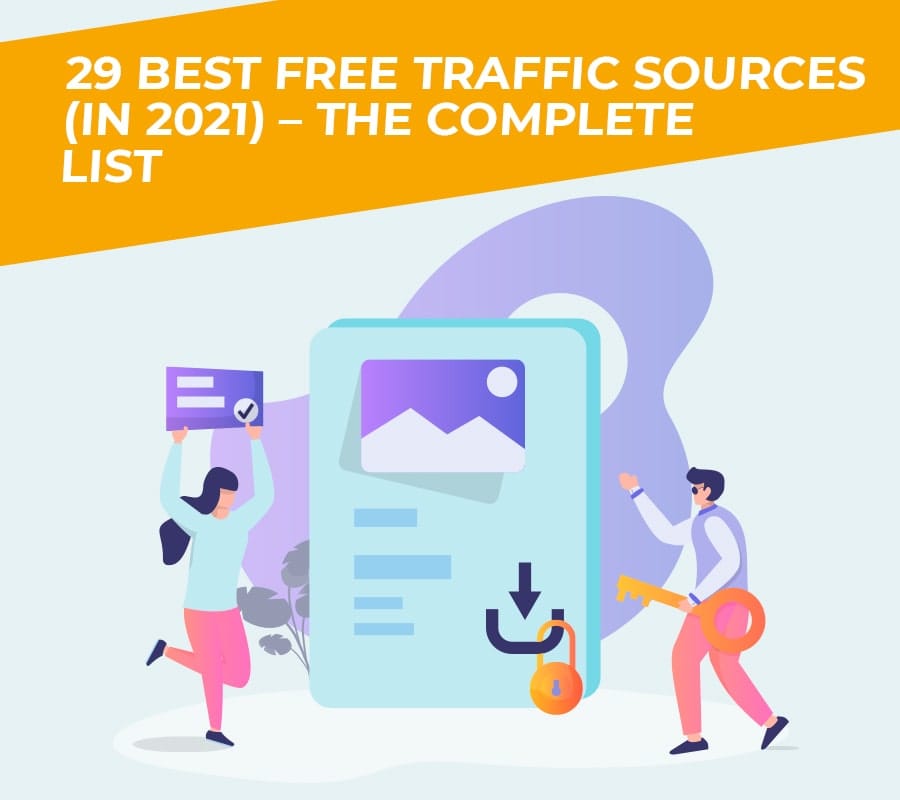
You may have wondered if email marketing is better or worse than social media marketing. This article will explain the differences in the two platforms. It will also discuss the differences among social media and email. Also, what the differences are between paid content and social media. Why is Email more task-oriented? This article will also explain the difference between organic and paid social media content. Ultimately, this article will provide you with an understanding of how to choose the best approach for your marketing campaign.
Email marketing is better than social media marketing
Email wins the race in terms of sales conversions. Although the audience for social media posts is larger, email marketing's targeted audience has a higher likelihood of purchasing your products and services. And while social media's broader demographics may be an appealing feature, they are not as ideal for maximizing ROI. Here are some reasons why you should stick with email if you consider using social media to promote a business.
Consumers desire closer relationships with companies and brands. People want to be able to connect with brands and companies. Email, on the other hand, is delivered directly to the user’s inbox. This means that your content has the same chance to reach a reader than a friend or family member. This means email converts more subscribers into paying customers.
Email has a larger userbase
While social media platforms like Facebook have huge audiences, they also have a limited reach. Emails reach more people organically than social media, and new addresses are not as easily found through social media algorithms. Email has a larger user base than social media. Why would you use email to promote your company? Let's look at the benefits and drawbacks of both methods.
While social media marketing is a popular way to reach a large audience, email is the most efficient tool for reaching multiple leads. Email subscribers are more inclined to forward marketing emails on to their friends and families, which gives you a wider reach than you'd get with social media. Adobe's study found that the average millennial uses email approximately 6.4 hours per day. Nearly 4/5 of them check their emails before and after they go to work.
Email is more task-oriented

There are a few key differences when it comes to email. One is the fact most people check email early in the morning. They are less likely to be distracted by competing messages. Mailing list members are more likely than others to respond to your emails. This is why you need to tailor your message to meet their needs. You can choose how you want your message to look and what it contains.
Personalization is another important difference between these two types of marketing. Marketing emails can be personalized to include the recipient's name. This is a major difference from social media. This increases open rates, click-through and conversion rates. Personalization of email marketing is far easier than it is on social media. Facebook posts are not often personalized by users. Email is an effective way to reach your target audience and make them feel special.
Paid vs Organic vs Social Media Content
Paid vs organic versus social media content depends on how you plan to reach your target audience. Organic content is created specifically for your followers, and is shared freely with no promotional cost. Paid content is more costly but will reach more people than your followers. Paying for organic content or paying for paid content is a decision that you must make. This will depend on how much of your time and resources you have. Both options have their merits and can be used in combination.

Although organic content is free to publish, it is not guaranteed that it will reach your target audience. Paid content is targeted to your target audience. It is the best option for businesses that want to grow quickly. On each platform, you can find both organic and paid content. Pick the one that meets your needs most and then choose how to use it to reach your intended audience. One example is to create a content strategy which helps you identify the best social media platforms for your target audience.
FAQ
How can I create an SEO strategy for my website?
Understanding your goals and how you plan to achieve them is the first step in developing an SEO strategy. This allows you to structure your content around these goals.
The second step is to begin working with keywords. Keyword research will give you insight into what people search for when they use specific words. Using this information, you can then write articles around those topics.
After you have written your articles, make sure to include your target keywords. You should optimize every article by including images and videos. Link to related pages whenever you can.
Once you're done writing the content for your website, it's now time to optimize it!
How much does SEO cost?
SEO costs will vary depending on the size of your company, industry and budget. A few hundred dollars may suffice for smaller companies, while large companies will need thousands. If you're unsure how much SEO will cost, you can use our free SEO calculator to estimate what it will cost.
Should I Hire an Agency Or Do it On My Own?
There are many benefits to hiring an agency to help you get started. First, many agencies provide packages that include everything needed to get started. Second, many agencies provide training so that clients know what to expect when they hire them. They can also handle any tasks required to rank your site higher.
Statistics
- Deleting those 10k pages is one of the main reasons that he improved his site's organic traffic by nearly 90%: (backlinko.com)
- Which led to a 70.43% boost in search engine traffic compared to the old version of the post: (backlinko.com)
- 64% of marketers actively create SEO campaigns because they help hit multiple key performance indicators (KPIs), including increasing traffic, helping your site rank for relevant keywords, improving your conversion rate, and much more. (semrush.com)
- 93%of online experiences today begin on search engines. (marketinginsidergroup.com)
- Sean isn't alone… Blogger James Pearson recently axed hundreds of blog posts from his site… and his organic traffic increased by 30%: (backlinko.com)
External Links
How To
How can I determine if my SEO is doing well?
There are many ways you can tell if your SEO efforts are successful.
-
Your bounce-rate should be below 30%. That means users must leave your page before they click on anything else. If your bounce rate is high, it means that your audience is not trusting your brand and/or isn't interested what you have to offer.
-
Your site visitors visit many pages - this indicates that they are engaged with it and finding information useful.
-
Your conversion rate keeps improving. This is because your audience is becoming more aware of your products or services and wants them to buy them.
-
Your average time on site is increasing - people spend longer viewing your content.
-
Increased traffic from search engines is a sure sign you're doing excellent SEO.
-
You're getting more shares on social media - this shows that your content is being shared by others and reaching audiences outside your follower base.
-
You're getting more comments on forums - this shows that people respond positively to your work.
-
Your website will get more engagement - you'll see more likes. Tweets. Shares. Likes.
-
Your rank is increasing in SERPs, showing that your hard work is paying off.
-
Your website is receiving more leads. This means people are finding you organically and are contacting your website.
-
Your sales are growing. This means that people who come to your website looking for products and services are now purchasing them.
-
You get more views and comments on your blog posts, which means that people find your content useful and interesting.
-
More subscribers mean more customers to your email list. This shows that people are able to trust you enough to sign up for updates about your company.
-
Sales are rising - this shows that people like you and your products so much that they are willing to pay for them.
-
You have more social media followers, which means that your fans are sharing your content and engaging with you brand.
-
You're getting more PR mentions - this shows that journalists are talking about your brand online. This increases your brand awareness and improves your reputation.
-
You're being recommended more often - this shows that other companies also recommend your brand.
-
Your customers will keep coming back to your site, which shows that they are satisfied with your work.
-
Your competitors are losing ground - this shows that they didn't invest as much money in their SEO campaigns as you, making them look bad.
-
Your brand image is changing. This indicates that your brand popularity is growing among a new customer base.